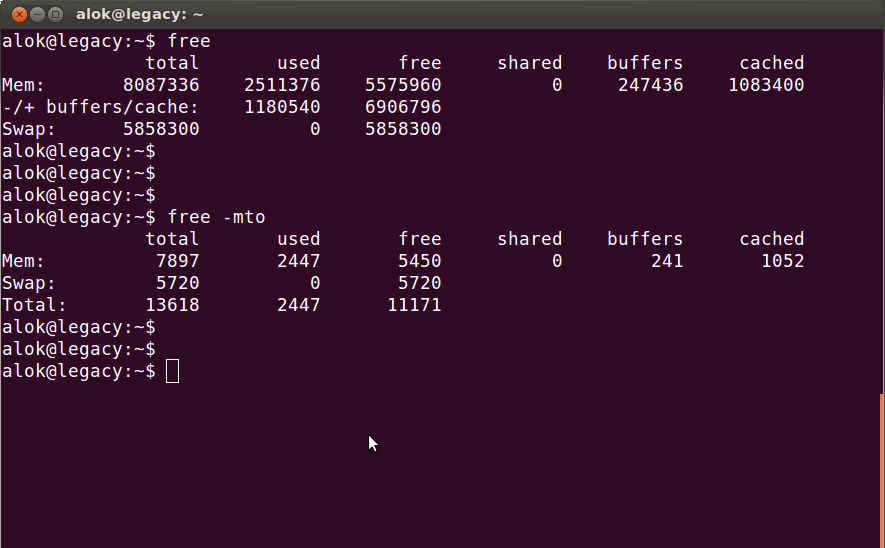

Nmon – Monitor Linux Network Statistics Monitor Linux Disk I/O Graphs How about some network stats? Just press ‘ n‘ on your keyboard. It looks like I am running the top process monitoring utility when I use the key ‘ t‘ with the Nmon tool to me. Do they look similar, or is it the same output? # top If you are new to Linux system administering and have never used the top utility before, run the following command in your terminal and try to compare the produced output with the above one. Those familiar with the top utility will understand and be able to interpret the above information very easily. To get stats on top processes that are running on your Linux system press the key ‘ t‘ on your keyboard and wait for the information to show up. The following are the keys you can use with the utility to get information on other system resources present in your machine.

After hitting the ‘ c‘ key on my keyboard I get a very nice output that gives me information on my CPU usage. Monitor Linux CPU Utilisationįor example, if you would like to collect some statistics on CPU performance you should hit the ‘ c‘ key on the keyboard of the system you are using. # nmon Nmon Linux Performance Monitoring ToolĪs you guys can see from the above screenshot, the nmon command-line utility runs completely in interactive mode and it presents the user with the keys to toggle statistics.

Once the installation of Nmon has been finished and you launch it from the terminal by typing the ‘ nmon‘ command you will be presented with the following output.
#Linux monitor cpu and memory usage how to#
How to use Nmon to Monitor Linux Performance
#Linux monitor cpu and memory usage install#
On other Linux distributions, you can install nmon via the default package manager as shown. On RHEL-based distributions such as Rocky Linux and AlmaLinux, users can install it by installing the EPEL repository as shown: - On RHEL, Rocky & AlmaLinux 9. $ sudo apt-get install nmonĪre you a Fedora user? To install it on your machine open a new terminal and run the following command.

To install, Open a new terminal ( CTRL+ALT+T) and use the following command. If you are using a Debian/Ubuntu-based Linux distribution you can easily install the Nmon command-line utility by grabbing it from the default repositories. Nmon Linux Performance Monitoring ToolĪ very nice thing I really like about this tool is the fact that it is fully interactive and helps the Linux user or the system administrator with the necessary command to get the most out of it. In addition to monitoring your Linux system interactively, nmon can also be used in batch mode to gather and save performance data for later analysis. The important benefit of the nmon tool is that it allows you to monitor the performance of your Linux system aspects such as CPU utilization, memory usage, disk space, network utilization, top processes, virtual machine stats, file systems, resources, power micro-partition and more, in a single, concise view. Nmon short for ( Ngel’s Monitor), is a fully interactive Linux system performance monitoring command-line utility that was originally developed by IBM for the AIX systems and later ported to the Linux platform. If you are looking for a very easy-to-use performance monitoring tool for Linux, I highly recommend installing and using the Nmon command-line utility.


 0 kommentar(er)
0 kommentar(er)
